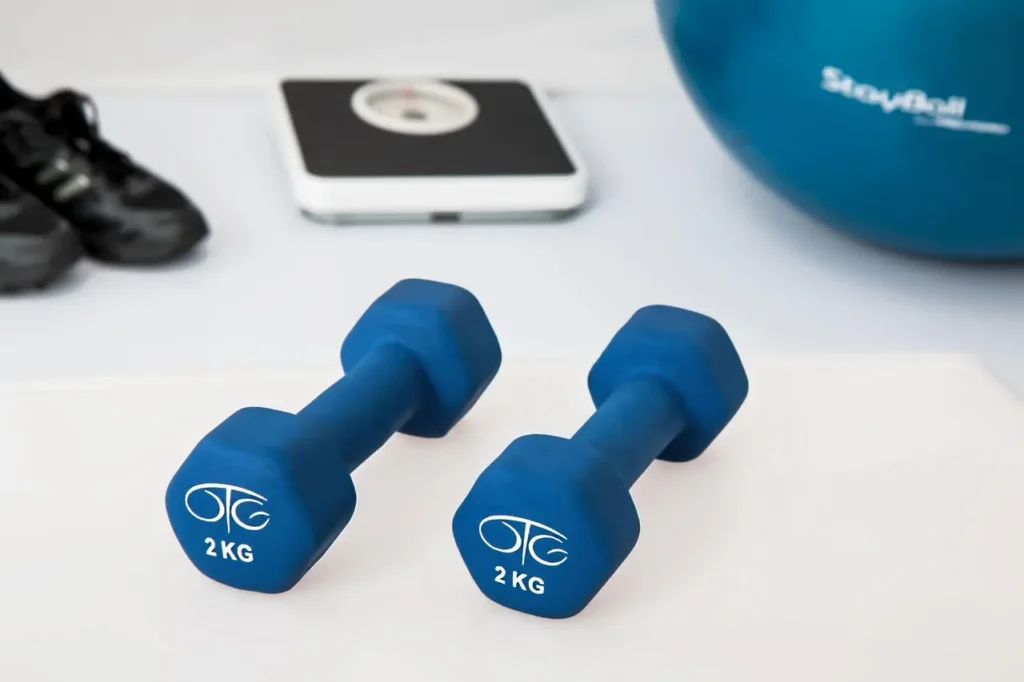
Wondering how many times a week you should do personal training?
The answer isn’t one-size-fits-all—it depends on your fitness level, personal goals, and schedule.
This guide helps you figure out what works best for your situation by breaking down recommended session frequencies and offering tips for staying on track without burning out.
How Many Times a Week Should You Do Personal Training?

Determining the ideal number of weekly personal training sessions requires more than a generic rule—it’s about aligning your plan with your specific fitness objectives.
For example, a beginner might benefit from 1–2 sessions per week to build a foundation, while someone training for a competition may need more frequent sessions. Your availability, recovery needs, and goals—such as fat loss, strength, or endurance—should guide your decision.
In the following section, we’ll break down how to balance these elements to help you train effectively and sustainably with the right level of professional support.
Define Your Fitness Goal

Your personal training frequency should align closely with your fitness goals. If you’re focused on weight loss, 2–3 sessions per week can help maximize calorie burn and maintain accountability.
For muscle gain, strength-focused training at least 3 times weekly allows for progressive overload and recovery.
Seeking general health and wellness? One or two well-structured sessions may be enough to build consistency. Preparing for an event like a marathon or wedding might require more targeted, intensive training.
Clearly identifying your goal helps your personal trainer design an effective program—and ensures you stay motivated, track measurable progress, and avoid wasting time on mismatched workouts.
Frequency Recommendations by Fitness Level

When deciding how many times a week you should do personal training, your fitness level plays a key role.
Beginners typically benefit most from 2–3 sessions per week. This frequency provides consistent guidance, helps build proper form, and creates accountability early on. It’s ideal for establishing a solid foundation and avoiding common mistakes.
Intermediate-level clients often do well with 1–2 personal training sessions per week, supplemented by solo workouts. This hybrid approach offers flexibility while still ensuring regular check-ins for progress tracking, form corrections, and program updates.
Advanced individuals and athletes may train with a personal trainer 3 or more times per week. At this level, sessions focus on optimizing performance, periodization, and fine-tuning technique. Personalized coaching becomes essential for preventing plateaus and reducing injury risk.
In short, the ideal personal training frequency varies by experience level—but finding the right balance between trainer-led sessions and independent training is crucial for consistent progress.
How Personal Training Frequency Supports Specific Goals

The right personal training frequency depends heavily on your specific fitness goal. If your main focus is fat loss, training 2–4 times per week with a personal trainer helps boost metabolism, ensure proper intensity, and keep you accountable—key factors for sustainable weight loss.
For those aiming to build strength, consistency and progression are critical. Scheduling sessions 2–3 times per week allows for structured strength programming, proper rest between lifts, and expert monitoring of form and overload.
When it comes to mobility or rehabilitation, more frequent but lower-intensity sessions—such as 3–5 times per week—can promote recovery without overexertion. These sessions focus on improving range of motion, correcting imbalances, and supporting injury prevention.
Ultimately, understanding how many times a week you should do personal training depends on aligning session frequency with your personal goals and physical condition.
Additional Influencing Factors

When determining how many times a week you should do personal training, several personal factors also come into play.
First, your budget and time availability are major considerations. While training 3+ times per week may yield faster results, it’s not always financially or logistically realistic. Even one quality session per week can be effective when paired with self-guided workouts.
Second, your level of motivation and need for accountability matter. If you struggle to stay consistent on your own, more frequent personal training sessions can provide structure and drive.
Lastly, the choice between online and in-person training affects frequency. Virtual sessions often offer more flexibility and lower costs, making it easier to train multiple times per week. In-person sessions, while more hands-on, may require more planning and budget.
Balancing these factors with your goals will help you determine the ideal personal training frequency for sustainable success.
How Long Until You See Results?

When planning how many times a week you should do personal training, knowing when results appear is crucial. Visible changes in weight loss or muscle gain typically take at least 6–8 weeks of consistent effort.
Rather than focusing solely on session frequency, prioritize consistency—maintaining steady progress through a well-designed program. It generally requires several weeks of consistent training before changes in body composition or performance can be seen.
Whether your objective is fat loss, strength, or mobility, you’ll start noticing improvements—in energy, form, or endurance—as you approach the 6–8‑week mark.
Can You Train Every Day?

While it’s tempting to train every day, doing personal training too many times a week can lead to overtraining, fatigue, and increased injury risk. Recovery is just as essential as the workouts themselves—this is when your body repairs and grows stronger.
A smarter approach is balanced scheduling. For example, alternate between strength training, cardio, and rest days to avoid burnout and optimize progress. Your personal trainer can help design a weekly plan that matches your goals while protecting your long-term health.
Remember: consistency and smart recovery beat daily intensity.
Expert Tip: The Value of Consistency

When it comes to personal training, consistency beats intensity. You’ll see far better results training twice a week consistently than doing sporadic, high-effort sessions.
Experts agree that building habits and maintaining a regular routine is key to progress—especially for fat loss, strength, or overall fitness.
So instead of asking “how many times a week should you do personal training,” focus on what you can sustain long term.
FAQs

Is once a week enough?
Yes—especially for beginners or those with busy schedules. One personal training session per week can be effective when combined with independent workouts.
Can I train solo between sessions?
Absolutely. Many clients supplement personal training with gym or home workouts. Your trainer can guide you on what to do between sessions.
Should I increase frequency if I plateau?
Yes. If progress stalls, increasing how many times a week you do personal training—or adjusting your program—can help you break through plateaus.
Conclusion
So, how many times a week should you do personal training? The answer depends on your goals, fitness level, and lifestyle. Some thrive with twice-weekly sessions, while others benefit from more frequent guidance. The key is personalization—there’s no one-size-fits-all solution.
To find the right training schedule for you, consult with a certified personal trainer who can tailor a plan to your needs and goals.
👉 Book your free personal training assessment today and take the first step toward a stronger, healthier you.


 Reserve a Free Trial Training
Reserve a Free Trial Training 